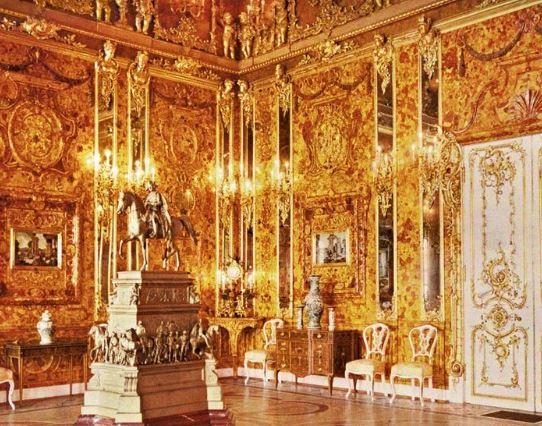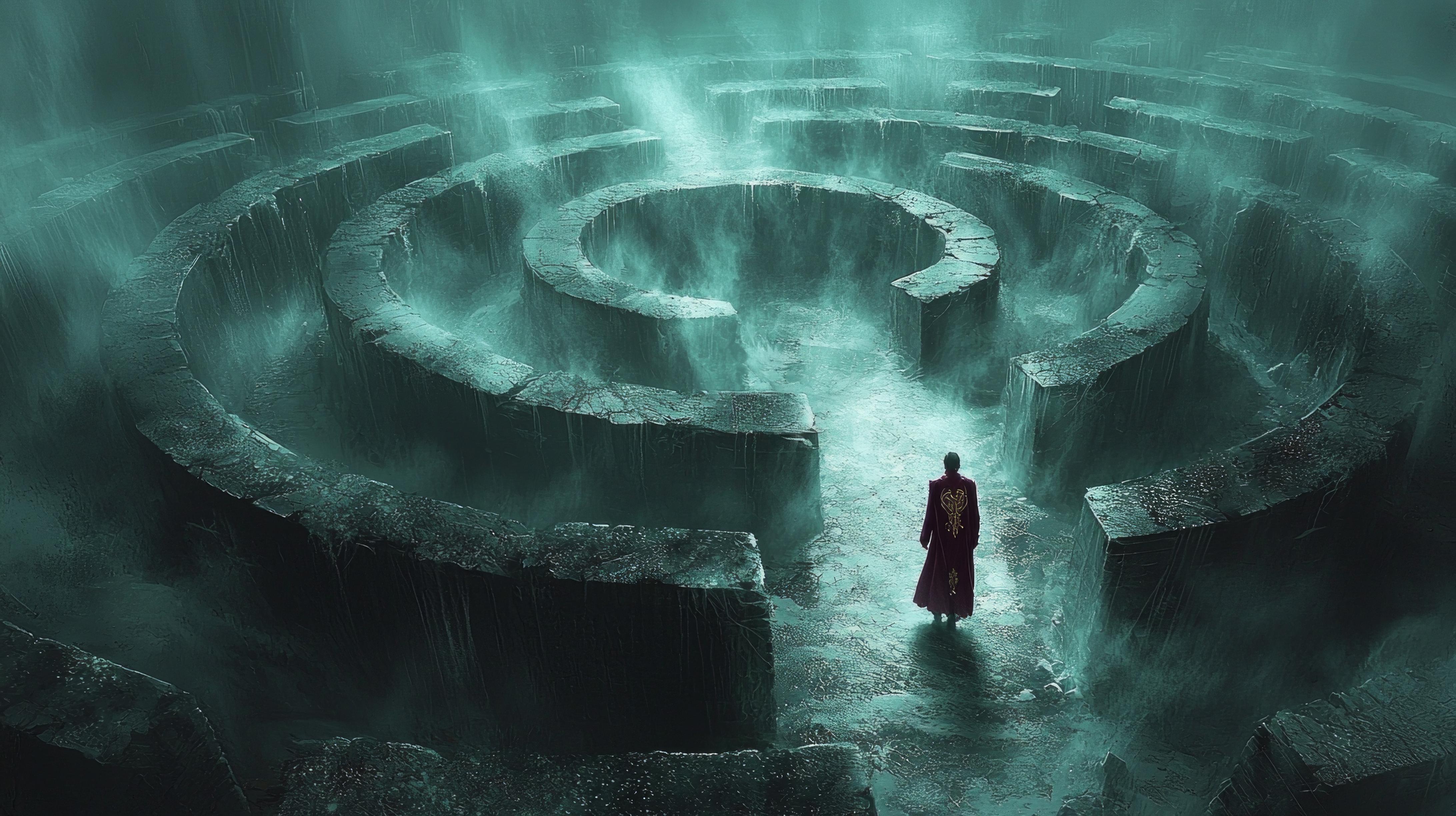Amber Room

Amber Room
Historical Artwork / Art History / World War II / Historical Mystery
Definition:
The Amber Room was a lavishly decorated chamber whose walls were entirely covered with intricately crafted amber panels, gold leaf, and mirrors. It was often referred to as the “Eighth Wonder of the World” and was a masterpiece of Baroque interior art.
Origin and History:
-
Created in early 18th-century Prussia: designed by Andreas Schlüter, crafted by amber masters from Gdańsk.
-
Originally intended for Charlottenburg Palace in Berlin, but later gifted by Prussia to Russia in 1716.
-
Installed and expanded in the Catherine Palace near St. Petersburg.
World War II and Disappearance:
-
In 1941, the German Wehrmacht looted the Amber Room during the invasion of the Soviet Union.
-
It was transported to Königsberg Castle (now Kaliningrad, Russia).
-
In 1945, as the war ended, the Amber Room vanished without a trace.
-
Its fate remains one of the greatest unsolved mysteries of World War II.
Reconstruction:
-
From 1979 to 2003, an exact replica was painstakingly recreated in the Catherine Palace, using original photographs and materials.
-
This reconstruction is now open to the public.
Significance:
The Amber Room represents the cultural losses of war, the fragility of artistic heritage, and the enduring fascination with lost treasures. It also stands as a symbol of international cooperation in art restoration and historical remembrance.
Links:





